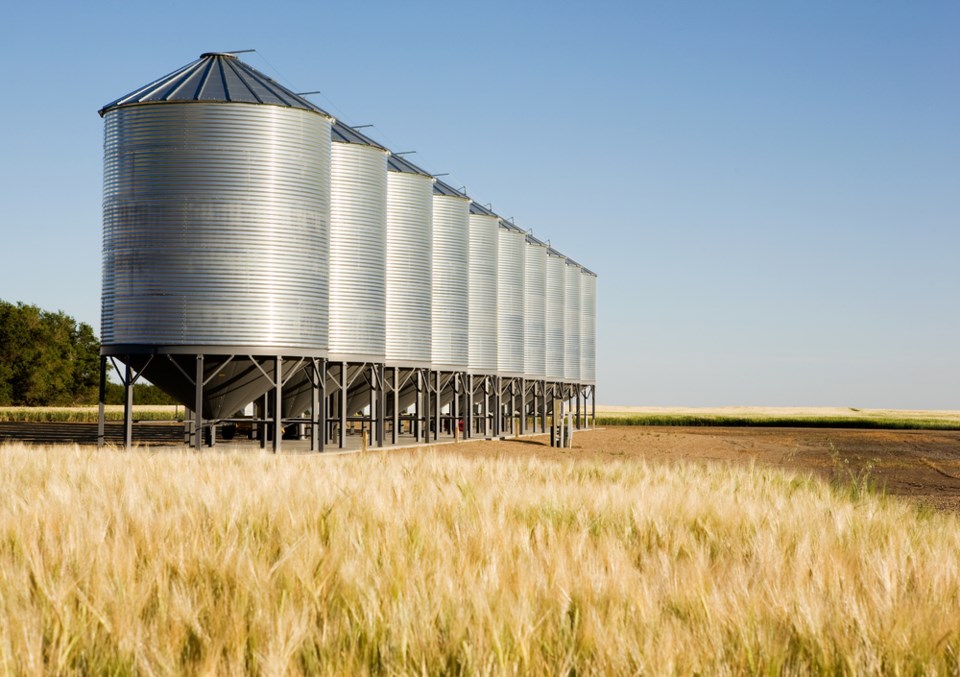One bank farmers don’t want to draw on is the weed seed bank on their land.
Lurking beneath the surface, the weed seed bank can chew into profits if not managed.
The weed seeds of perennial and annual varieties, both new and old, can sit for years before sprouting and pushing through the soil.
Few of the many seeds in the soil will ever germinate, says Harry Brook, Alberta Agriculture crop specialist. Some die, some decompose with predatory crickets and beetles reducing weeds by up to 15 per cent.
"Keeping the soil in permanent cover increases predation on weed seeds,” he says.
Some seeds die when buried too deep while others swing between dormancy and growth depending on conditions.
End of winter breaks dormancy of summer annuals while winter annual weeds require summer heat to break dormancy.
Changes in cropping systems, says Books, can alter the seed bank contents, with some like kochia and dandelion not more than a year or two. But wild oats and red root pigweed can last for decades buried in the field.
Perennial forages in the crop rotation are most effective in depleting the seed bank account especially with kochia, wild oats, foxtail and grassy like weeds.
Another tactic to reduce the weed seed count is chaff collection during harvest and preventing 90 per cent of new seeds from hitting the dirt.
Cultivation leaves the vast majority of weed seeds in the top four inches of the soil, and subject to wet and dry cycles that develop growth.
Ron Walter can be reached at [email protected]




